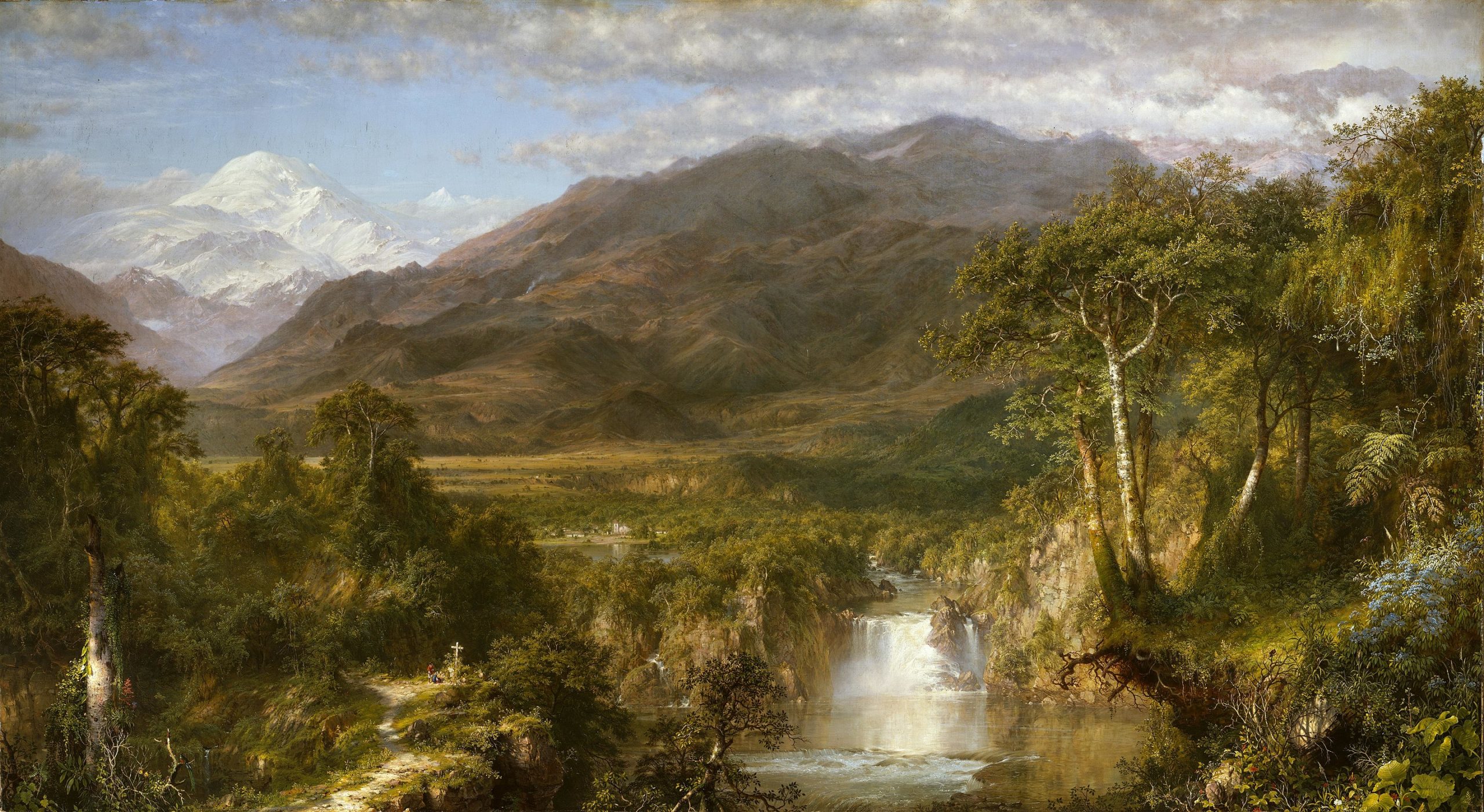by Greg Walcher, E&E Legal Senior Policy Fellow
As appearing in the Daily Sentinel
There are hundreds of books about the history of conservation and natural resources, including biographies of the important leaders and tales of early settlers. But there is almost always something missing, namely, the contribution of artists. Modern conservationists have largely forgotten that artists started it all. I was reminded of it this week by a visit from my mother and aunt, both of whom took up painting some years ago and have become very accomplished. Their works adorn the walls of numerous friends and family — portraits, still lifes, wildlife and especially landscapes. In that sense, they are part of a long and proud American tradition.
When the first explorers arrived in America, they were lured not just by a desire for religious freedom and independence from tyranny, but also by the quest for wealth. They found a continent almost unoccupied, but so rich in land and resources that from the perspective of Europeans, whose own continent had been fully settled and wholly owned for generations, it seemed an unimaginable bonanza. Unclaimed land, hardwood trees, pure water, rich minerals, productive soil and moderate climate promised almost certain wealth for whoever could occupy it.
By the 17th Century most of the East Coast had been claimed and settled. These colonists were interested in the land, minerals, wildlife, forests and rivers of the New World for one reason only: to build prosperous families and societies. They had little interest in nature for its own sake, and could never imagine exhausting these seemingly endless resources. It was two centuries before there was any serious debate about responsible management. But it took much less time for Americans to fall in love with their environment, in an almost spiritual sense. Within just a few years of settlement, they were writing about the breathtaking beauty of the countryside, and by the time of the American Revolution, the natural world had become a primary focus of the arts, especially painting.
The Revolutionary War caused many soldiers to travel for the first time, visiting places they had scarcely heard of, and the desire for news of the war produced dozens of illustrators, engravers and painters. Those early works of journalism had one common characteristic — they portrayed war scenes against spectacular backdrops of forests, oceans, rivers and mountains. Those early attempts at war correspondence gave rise to the continent’s first truly American style of art.






